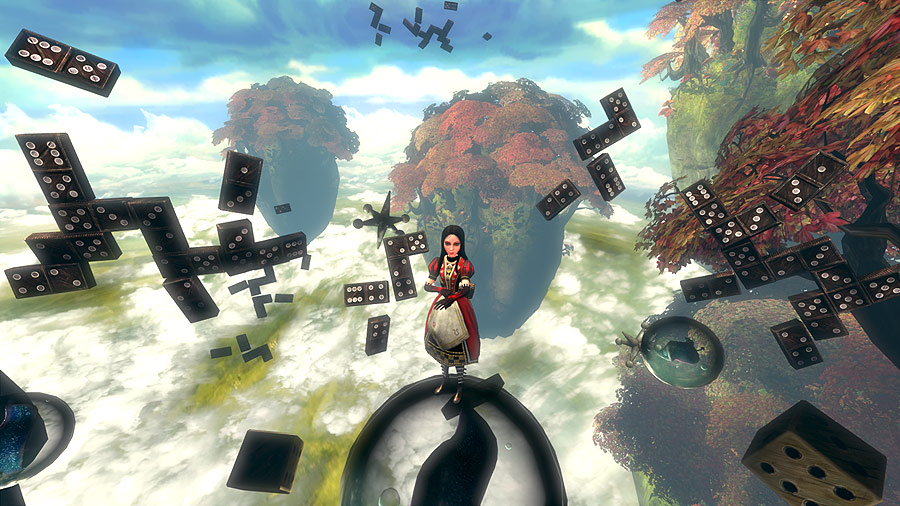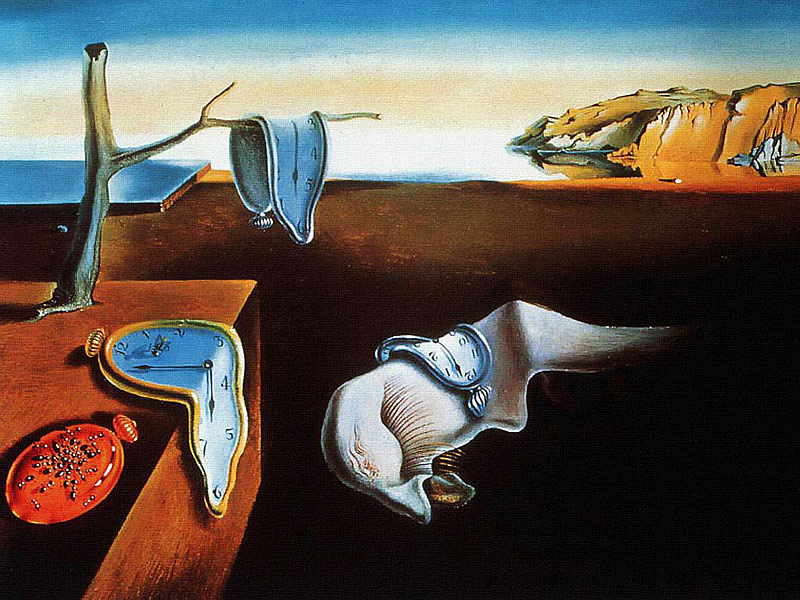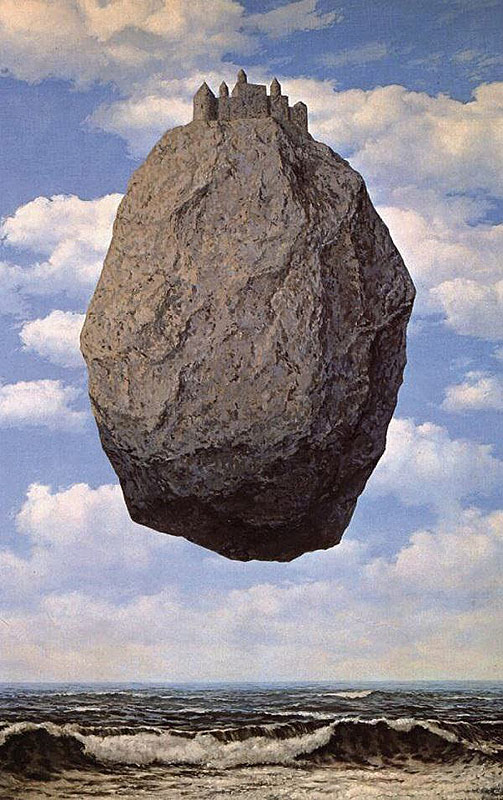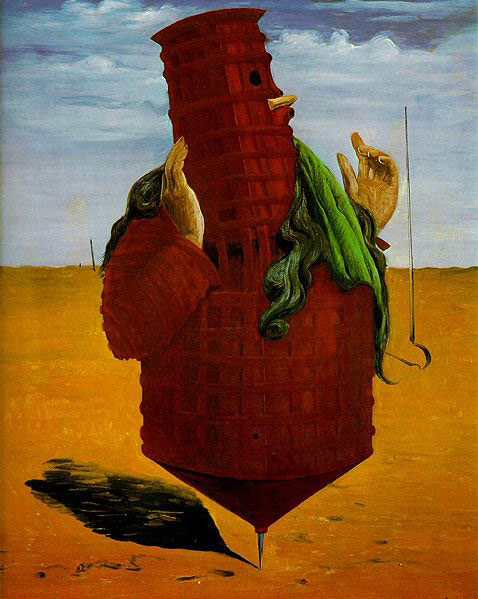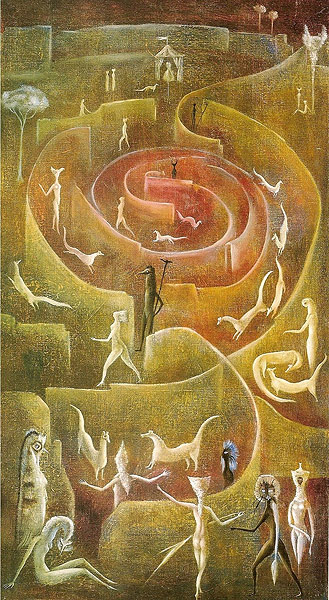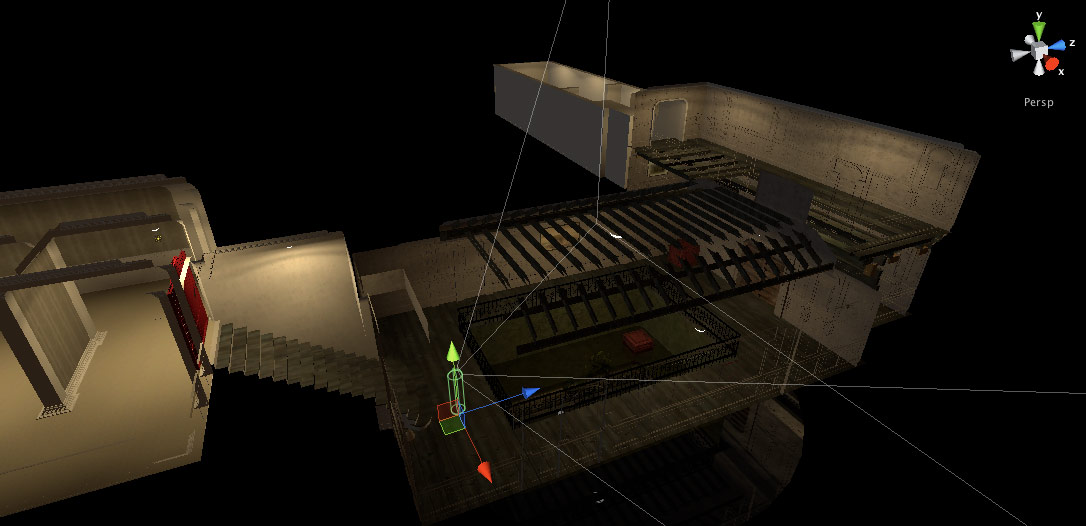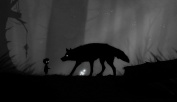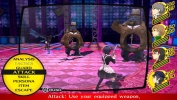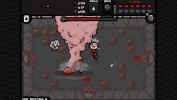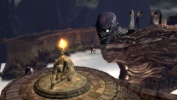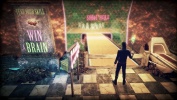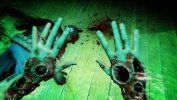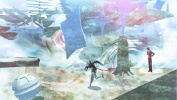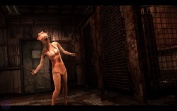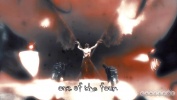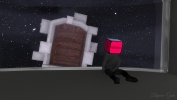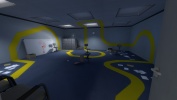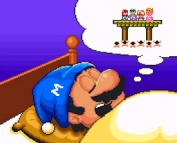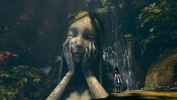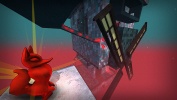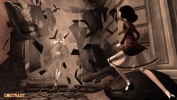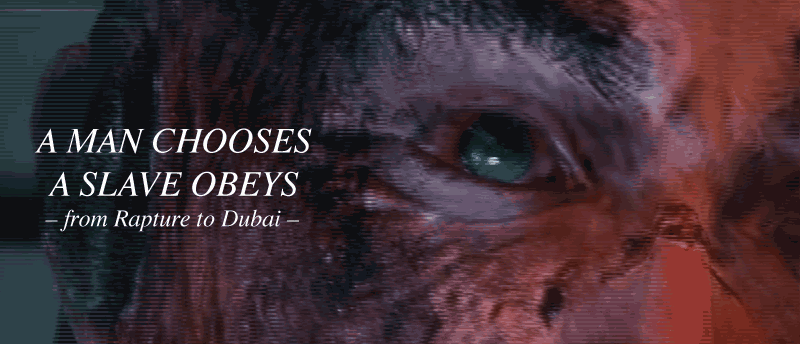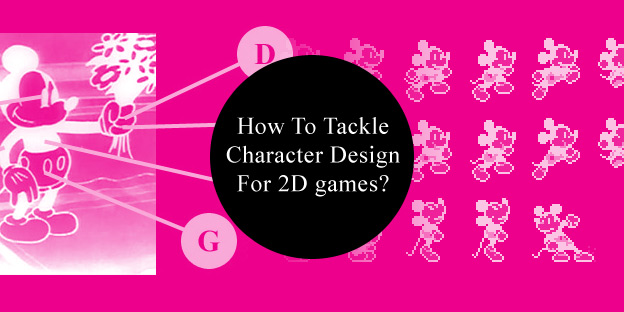Surrealism is a genre in which the psyche, the subconscious and the fears and desires of a person or character are translated into images, spaces, objects and characters. Whenever game designers let you explore the mind or dreams of a character as a virtual space or come up with characters who personify someones feelings (inner demons so to speak), it’s very likely we are talking surrealism.
As I will argue further down, the same goes for ghostly manifestations of past trauma, hallucinations, childlike imagination, as well as religious/mythological incarnations of sin, virtue and the afterlife.
key ideas/tropes of surrealism
- revelation of the sub-conscious, rather than expression of the rational mind
- revelation of the psyche through imagery in dreams, visions, hallucinations, psychosis, imagination and/or metaphor
- personification and other manifestation of a person’s fears, desires, struggles and ambitions.
- remix and twisting of a person’s perceived reality or memories, familiar objects in strange contexts
- impossible physics, biology and spacial relations, irrational logic
Surrealism as an art movement
The term “Surrealism” is mostly associated with the art movement of the same name.
The movement is usually said to have begun in the 1920s and went on until the later 1970s. Of course, works of art and fiction with surrealistic qualities and premises have been created before and after that time, but many of the artists from that movement defined what popculture calls “surrealism” today.
Such as…
You can learn more about the art movement, including many more artists here: http://www.theartstory.org/movement-surrealism.htm
Inherent surrealism of video games
In a certain sense each and every video game with spaces and/or characters ever is surrealistic. Even the strongest attempt at realism – an Arma for example – is doomed to only be an approximation of reality with plenty of things being odd. People behaving weirdly, laws of physics wonky, impossible architecture, spaces of nothingness, things appearing and disappearing… In a certain sense, virtuality is always inherently surreal.
In fact, it is more work to create something realistic or expressionistic in game engines, with surrealistic almost being a default. Just place a familiar object – a chair for example – into a scene, no skybox, no terrain, just the object floating in nothingness and you have instant surrealism iconography. Surrealism is not only a fascinating subject matter to make virtually explorable, it’s also easy to make (depending on graphic fidelity of course) and a neat way to save on complexity.
Symbolism versus Surrealism
On paper, surrealism follows one simple rule: The images and events unfolding are a product of the subconscious mind of a character of which we are either exploring that subconsciousness or we see the story unfold through that characters perception of reality.
Sometimes authors play with the ambiguity of reality and delusions and keep it unclear if we are following a protagonist through reality or their dreams and hallucinations. But the possibility of it all just being the protagonists psyche unfolding as dreams and visions allows us to read it as surrealism.
However in many instances it’s not ambiguous at all. The psychological manifestations we see on screen are meant to be actually there. In many ghost stories or stories about the biblical afterlife, many images are a product of the inner feelings, desires and fears of the person who died. … a ghostly body depicting the gruesome way they were murdered. …a special kind of hell for a sinner with a special kind of sin.
Other instances are not metaphysical at all, they are quite real (in the diegetic space anyways). For example, when a psycho killer was able to create their personal environment (usually their lair or home) in reference to their twisted mind. These instances are actually symbolism… an external creator or force referencing a person’s psyche, but not the psyche manifesting itself on its own.
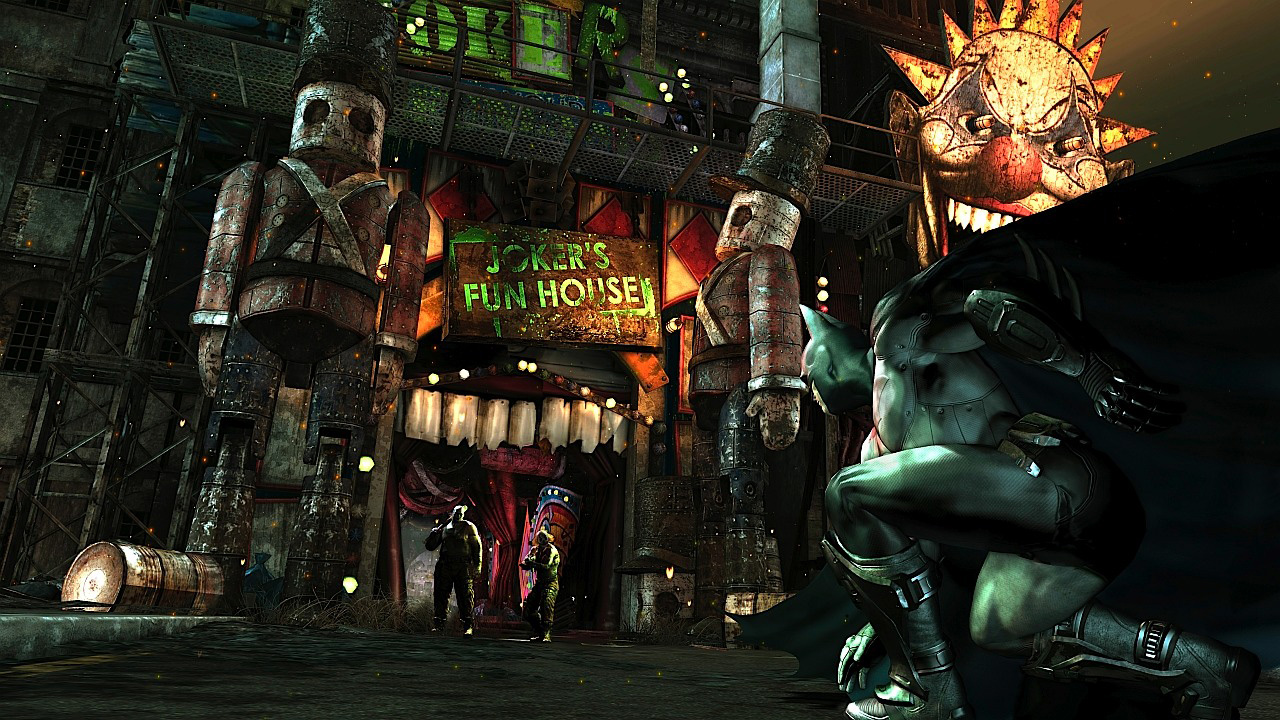
Batman is about to enter the domain of the Joker. The open mouth decor at the door symbolizes, that we are entering the head of the Joker, while inside many many environment objects and scenes are symbolic of the Joker’s twisted psyche.
From a design perspective this distinction is mute. It’s just a distinction of premise – more a writer’s thing – rather than a distinction in presentation. Since we as players are always experiencing virtual spaces, the distinction between real spaces in games (symbolic imagery) and mindscapes (surreal imagery) is not making much difference. And as said before, this distinction is often left open for the viewer to make.
Surrealism in Games
Here are some games with a strong use of surrealist themes and images:
adjacent genres / subgenres
Surrealism often overlaps with these genres:
- lovecraftian horror
- survival horror
- Psychological horror
- ghost stories
- german expressionism
- romanticism
- fairytales
- impossible architecture
- christian symbolism
- symbolic creativity
Additional reading:
http://tvtropes.org/pmwiki/pmwiki.php/Main/Surrealism
http://www.theartstory.org/movement-surrealism.htm
